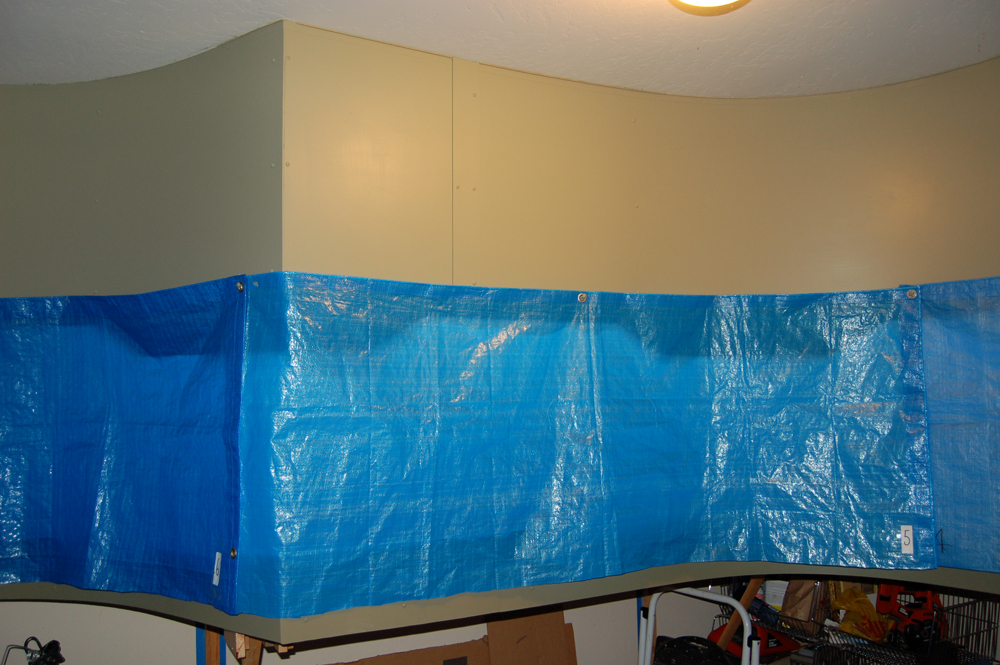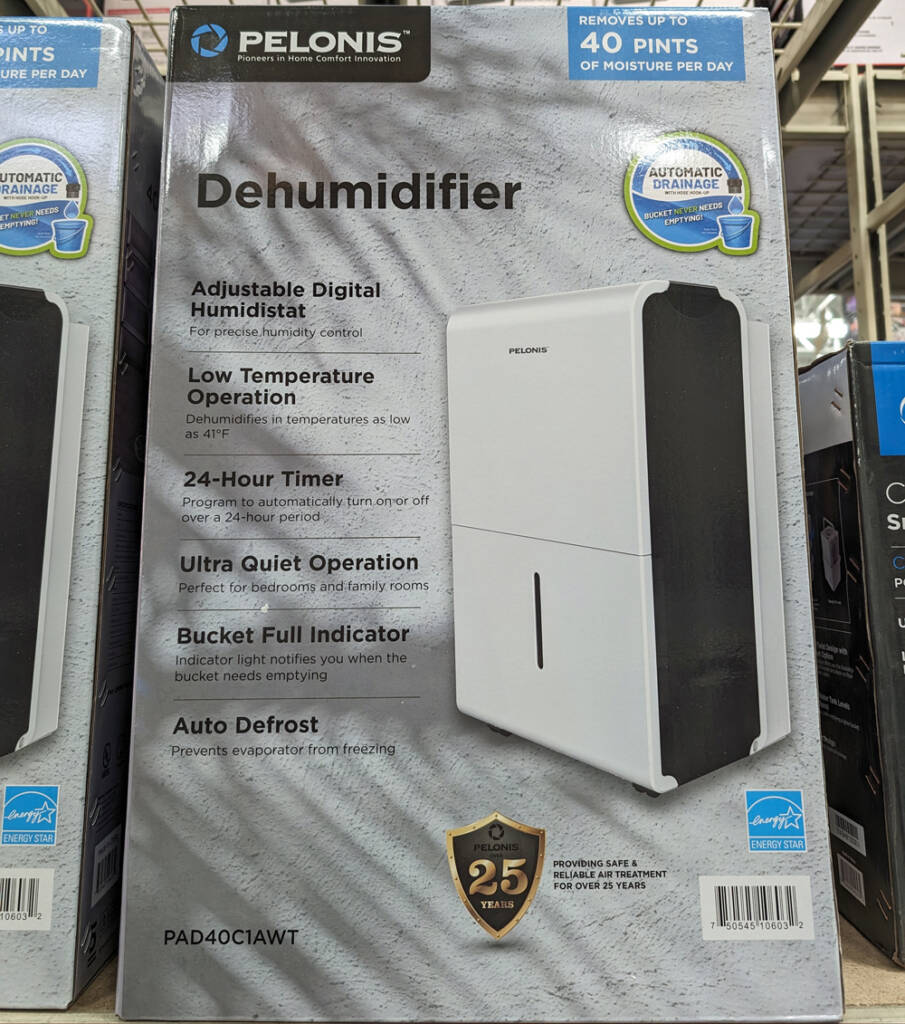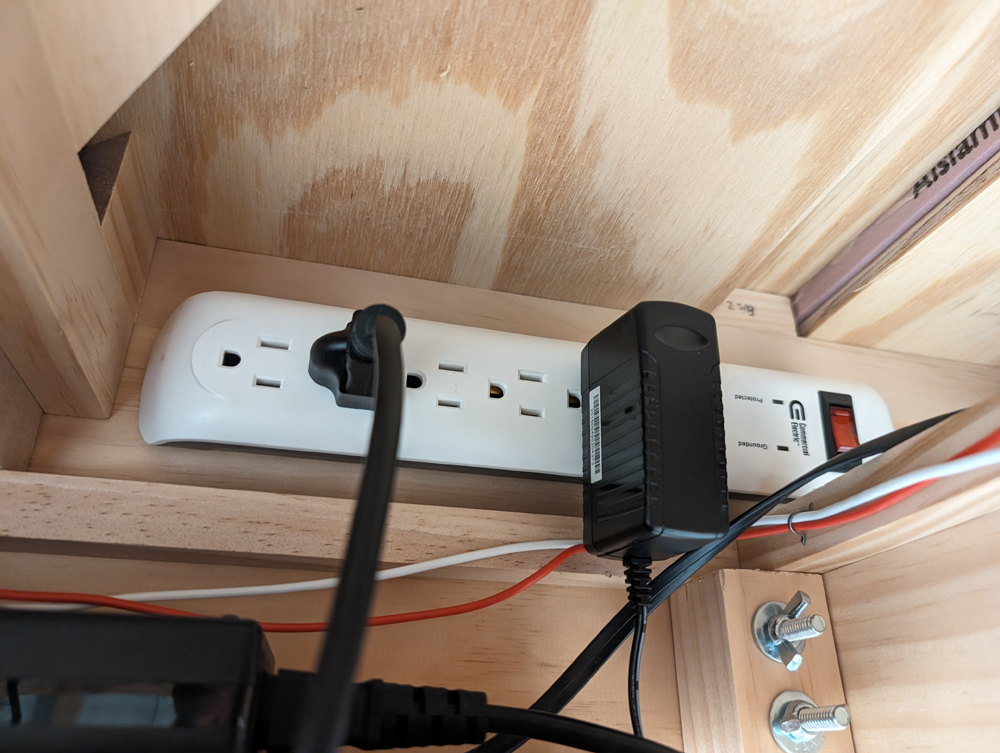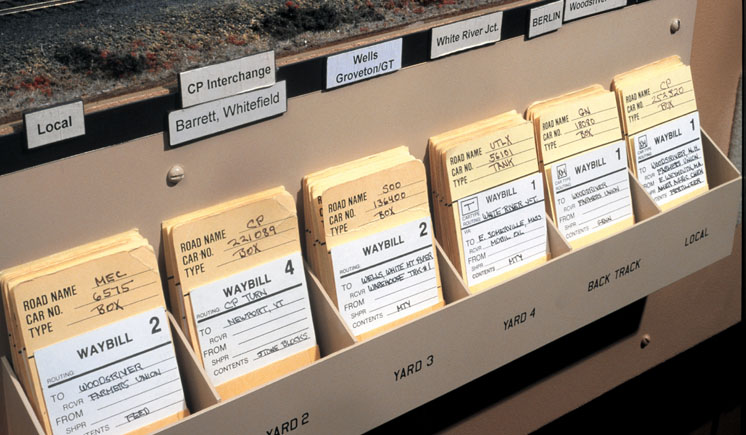Cold weather and limited train events keeping you indoors running trains? Well, we can relate. If you choose to give your favorite pastime a break for the summer to enjoy the weather with friends and family, then we suggest doing the following to ensure a smooth transition back into the hobby come those chilly, fall nights. Here’s how to give your model train layout the summer vacation it deserves.
Consider this first: We are preparing a layout for the summer months because we live in the Upper Midwest of the United States where the summer season gets hot and humid, and where we tend to spend more time away from home than in our basements. Other regions of the United States — and in other countries around the world — you may have a different climate timeline, so adjust as needed. We’re also not suggesting that everyone pack up their layouts for the summer, and highly encourage year-round enjoyment of this great hobby.
Ready to get started. Assuming your layout is already in a climate-controlled space, you’ll want to perform any needed maintenance on locomotives and rolling stock prior to hibernation. Many tune-up tips can be found in the pages of Model Railroader and on Trains.com. A great starting point is Jim Hediger’s “Diesel locomotive tune-up” in the March 1996 issue of MR. Whether you choose to keep the trains on your layout or put them away after they are serviced is up to you. Follow these next four steps when you’re all set.
No. 1: DIY dust cover
If a model railroad had an arch-nemesis, it would most certainly be dust. Before using a dust cover, you may want to wipe off your track with a lint-free cloth and a cleaner like Track Magic. Once you’ve prepared it for storage, cover it carefully with a lightweight plastic tarp and clamp it to the fascia. For additional protection, you can also seal off surrounding areas (like around doors or windows) with strip material. Reducing room humidity (so dust doesn’t stick) and having a well-ventilated space for the layout will also help reduce unwanted buildup. Howard Lloyd created a system utilizing a valance-hung dust cover that can be found in the June 2012 issue of MR.

No. 2: Give your layout good air
Like we mentioned above, reducing your room’s humidity and having a well-ventilated space can immensely help your layout thrive while sitting inactive during the summer. The first step to this is to invest in a dehumidifier. These come in multiple sizes and have different ways of operating.
The two main factors you should keep in mind are the square footage dimensions that you wish to dehumidify and the method in which moisture is removed from the unit. You can invest in a whole-home dehumidifier that covers up to 5,000 square feet and doesn’t need to have its tank emptied. If you’re looking for a dehumidifier for your basement only, a compressor or desiccant dehumidifier may be the best choice for you, depending on whether your space is heated or not.

Keep in mind: Compressor dehumidifiers need their moisture tanks emptied on a regular basis, so don’t spend too much time away from the basement!
Another source of good air for your layout is an air purifier. Just like dehumidifiers, these come in a variety of sizes for different square footage areas. In addition, there are different kinds of purifiers and filters that you can get depending on your environment, such as activated carbon filters that capture gases and odor-causing molecules in the air. Make sure to do your research before purchasing either a dehumidifier or air purifier for your layout space. A buying guide such as this can help with purchasing decisions.
No. 3: Unplug it!
You can unplug any (or all) of your layout’s electronic devices when not in use for an extended period. However, if you aren’t a fan of unplugging everything, we suggest power strips with built-in surge protectors to plug your equipment into. Then all you’ll need to do is flip the switch when the time comes.
The primary concern here isn’t so much about how much energy you are potentially consuming as it is about the possibility of your equipment getting damaged from an electrical surge. Having the power strip blow is ultimately better than losing equipment due to a rogue lightning bolt. To completely avoid the remote possibility of starting an electrical fire, just unplug the devices.

Your goal is to increase the longevity of your layout pieces by avoiding any damage. When intermission is over and you want to run trains again, you’ll be glad there are no issues to tackle, just a ready-to-go layout.
Note: If you have a power strip or several, this will make your summer prep a breeze. Just ensure that not too much current is being drawn from each circuit while in operation. This will avoid tripping a breaker.
No. 4: Sort/organize operational materials
The offseason is also the perfect time to sort and file paperwork. Ensure that waybills match the corresponding rolling stock and are in the correct pockets. Make any necessary changes to track charts and employee timetables. And do any other work to ensure there are no questions going into the next operating session.
If you don’t have an operating scheme on your layout, maybe this is the perfect time to make one. Andy Sperandeo’s “Basics of car cards and waybills for model railroad operation” series on Trains.com is a great place to start.. If you don’t want to adhere more pieces to your layout (or can’t), you can make a separate sorting box that’s easily brought out and put away as needed.

Also, making sure all liquids/solvents are closed tight and sealed away to avoid evaporation.
After vacation is over, clean your track once more before operating again. Any dust that snuck in under the dust cover should be vacuumed up.













